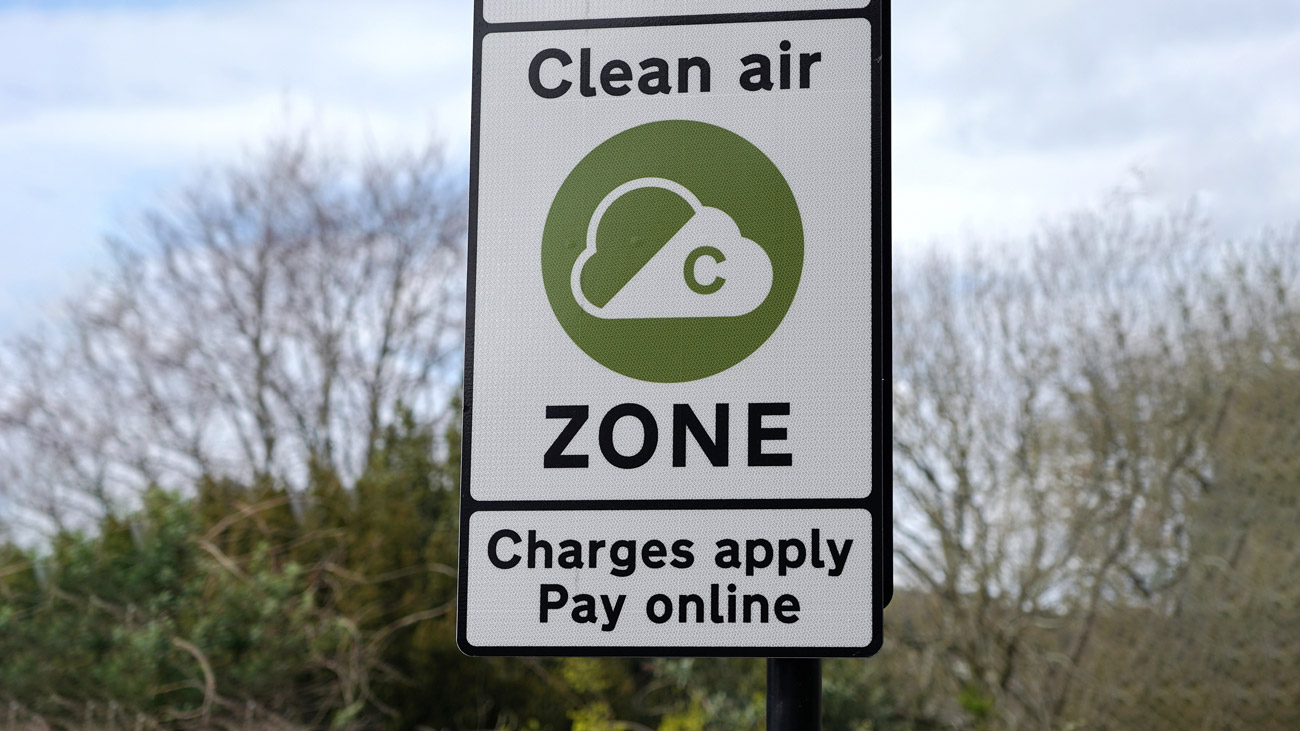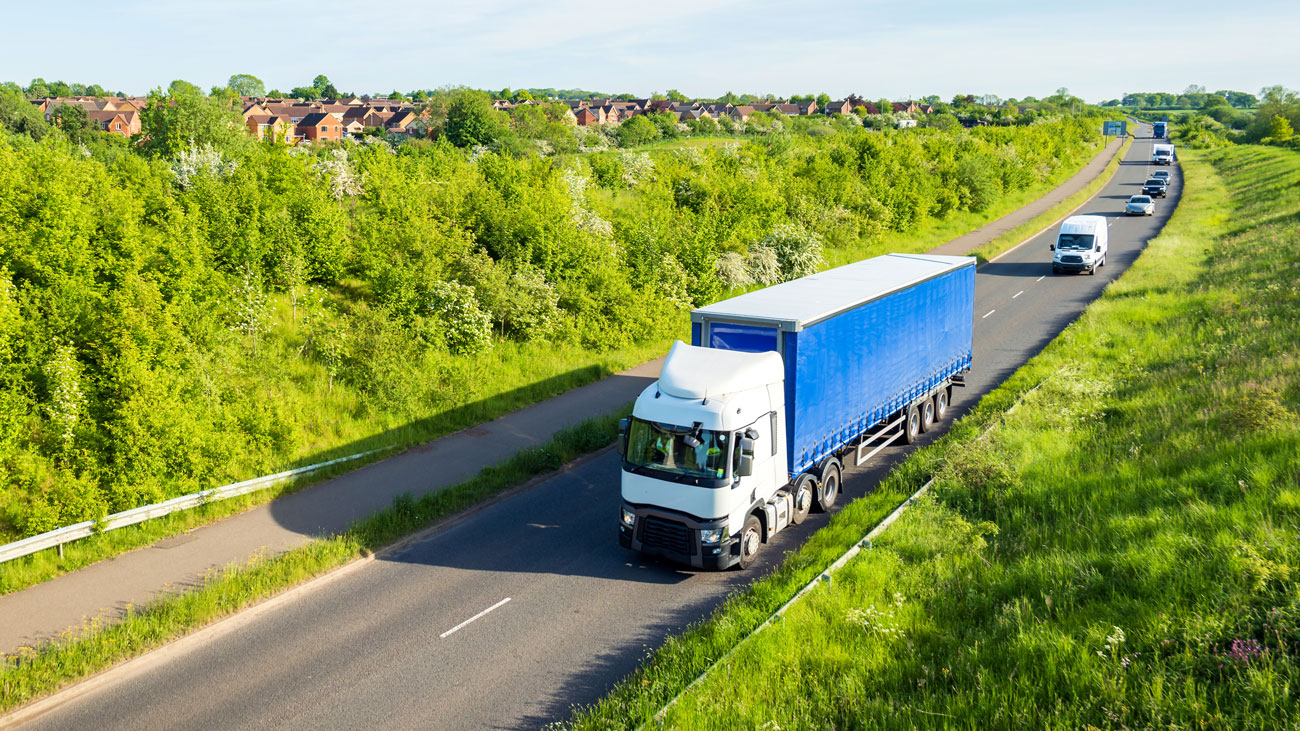
Self-driving vehicles: MPs welcome new Bill
The Transport Committee has welcomed the Government’s positive response to its calls for new legislation for self-driving vehicles, but says its ‘safety ambition’ for the technology to replicate a human driver is “too weak”.
The warning comes after the cross-party Committee received the Department for Transport’s (DfT) response to its major report on the UK’s emerging self-driving vehicles (SDVs) sector.
Earlier this month the government announced via the King’s Speech new legislation to regulate SDVs after the Committee’s report urged for action to be taken just weeks earlier. The report’s recommendations and the Government’s response are summarised below.
Transport Committee Chair Iain Stewart MP said:
“Britain’s cutting edge self-driving vehicles sector was crying out for new legislation, so we applaud the government for staying ahead of our international competitors and bringing forward the Automated Vehicles Bill so that this British success story stays on track. It is also welcome that the DfT is taking a serious look at other practical considerations around educating and training drivers, improving digital infrastructure and having regard for the wellbeing of other road users, including those with accessibility needs. However, we await more detail on these points. We remain concerned that the government’s ambition for how safe SDVs should be may end up being too weak and too vague and that a more fleshed out, stronger threshold should be set out. We look forward to scrutinising the Automated Vehicles Bill when it reaches the House of Commons.”
The ‘safety ambition’
The government rejects the Committee’s recommendation that it should set out a clearer threshold and definition for its ‘safety ambition’, that it believes SDVs will be “expected to achieve an equivalent level of safety to that of a competent and careful human driver”. The Committee’s report called this “too weak and too vague”. The government also has yet to respond to its consultation on setting the safety ambition which concluded in October 2022.
However, the government’s response does say that it intends to “publish a statutory ‘Statement of Safety Principles’ which will support the safety ambition, and which will be used in the assessment of the safety of self-driving vehicles”.
Driving tests
MPs heard concerns that drivers of SDVs could become less practised and less skilled over time, while experiencing new demands of having to retake control of vehicles with little notice. Responding to a recommendation that DfT should set out a strategy to confront this issue, including possible changes to driving tests, the government said “work is underway to consider the education, training and licensing needs of drivers” as part of the CAVPASS programme including recent changes to the Highway Code and a “communication toolkit”.
Accessibility
The Committee’s report urged ministers to “take a cautious, gradual approach with the technology introduced only in well-defined and appropriate contexts”. It warned that “without careful handling, self-driving vehicles could worsen congestion and exacerbate existing inequalities in transport access”. The response says the uptake of SDVs will be “gradual” to allow government to learn from trials and early deployments and for the public to adjust. It adds, “In deciding whether to grant an automated passenger service permit, government must have regard to how the service will meet the needs of disabled and older persons”.
Infrastructure improvements
The report said SDVs will need well-maintained roads and signage, nationwide connectivity, and up-to-date digital information about the road network, and that the government should ensure that meeting these needs becomes an area of focus when planning infrastructure.
This recommendation was partially accepted. The DfT said it “recognises that physical and digital infrastructure has the potential to support and enhance self-driving and connected vehicle technologies”. It adds that the new Bill includes provisions for the digitisation of Traffic Regulation Orders which “can support the safe operation” of SDVs through better digital mapping and information sharing between local authorities. It highlighted its Wireless Infrastructure Strategy and Connected Places Cyber Security Principles in relation to the rollout of SDVs.







